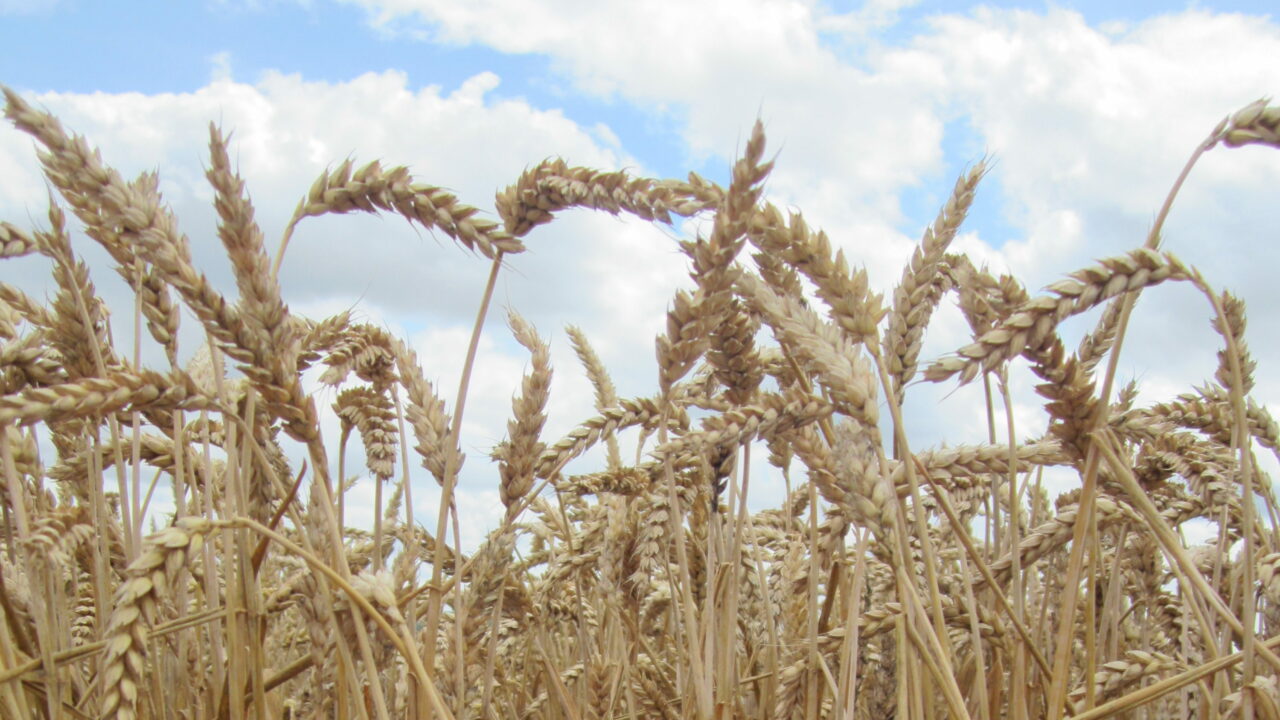The gauge for world food prices went up in January, largely catalysed by supply-side constraints for vegetable oils, the Food and Agriculture Organisation of the United Nations (FAO) has reported.
The FAO Food Price Index averaged 135.7 points in January, 1.1% higher than in December.
The index tracks monthly changes in the international prices of commonly traded food commodities.
Bounce in vegetable oil and food prices
The FAO Vegetable Oils Price Index led the rebound in January, increasing by 4.2% month-on-month and reversing its December decline to reach an all-time high.
Quotations for all major oils rose, also supported by rising crude oil prices.
Palm oil prices were largely underpinned by concerns over a possible reduction in export availabilities from Indonesia, the world’s leading exporter, while soy oil prices were supported by robust import purchases, particularly from India.
Rapeseed oil prices were pushed up by lingering supply tightness, and sunflower seed oil quotations were impacted by supply tightness and surging global import demand.
Referring to the latest vegetable oils price increase, Boubaker Ben-Belhassen, director of FAO’s Markets and Trade Division said: “Reduced export availabilities on top of other supply-side constraints, especially labour shortages and unfavourable weather, largely pushed vegetable oil prices up to an all-time high.
“There is a concern that the impacts of these constraints will not ease quickly.”
FAO Indices
The FAO Dairy Price Index increased by 2.4%, its fifth consecutive monthly rise, with the steepest increases registered for skim milk powder and butter.
Reduced export availabilities from western Europe and below-average expectations for milk production in Oceania in the months ahead, contributed to the tightening in global dairy markets, as did processing and transportation delays linked to Covid-19-related labour shortages.
The FAO Cereal Price Index in January increased marginally, by 0.1%, from December. Maize export prices rose by 3.8% during the month, spurred by worries about persistent drought conditions in South America.
World wheat prices declined by 3.1% on the back of large harvests in Australia and Argentina. Lower harvests and steady purchases by Asian buyers led to a 3.1% monthly increase in international rice prices.
The FAO Meat Price Index increased slightly in January, with world bovine meat prices reaching a new peak as global import demand exceeded export supplies.
Ovine (sheep) and poultry meat prices softened as exportable supplies outstripped import demand. Pigmeat quotations rose slightly, in part due to rising input costs dampening global supply.
The FAO Sugar Price Index was the only sub-index to post a decrease in January, down 3.1% from the previous month due to favourable production prospects in major exporters India and Thailand, as well as improved rains and lower ethanol prices in Brazil.
